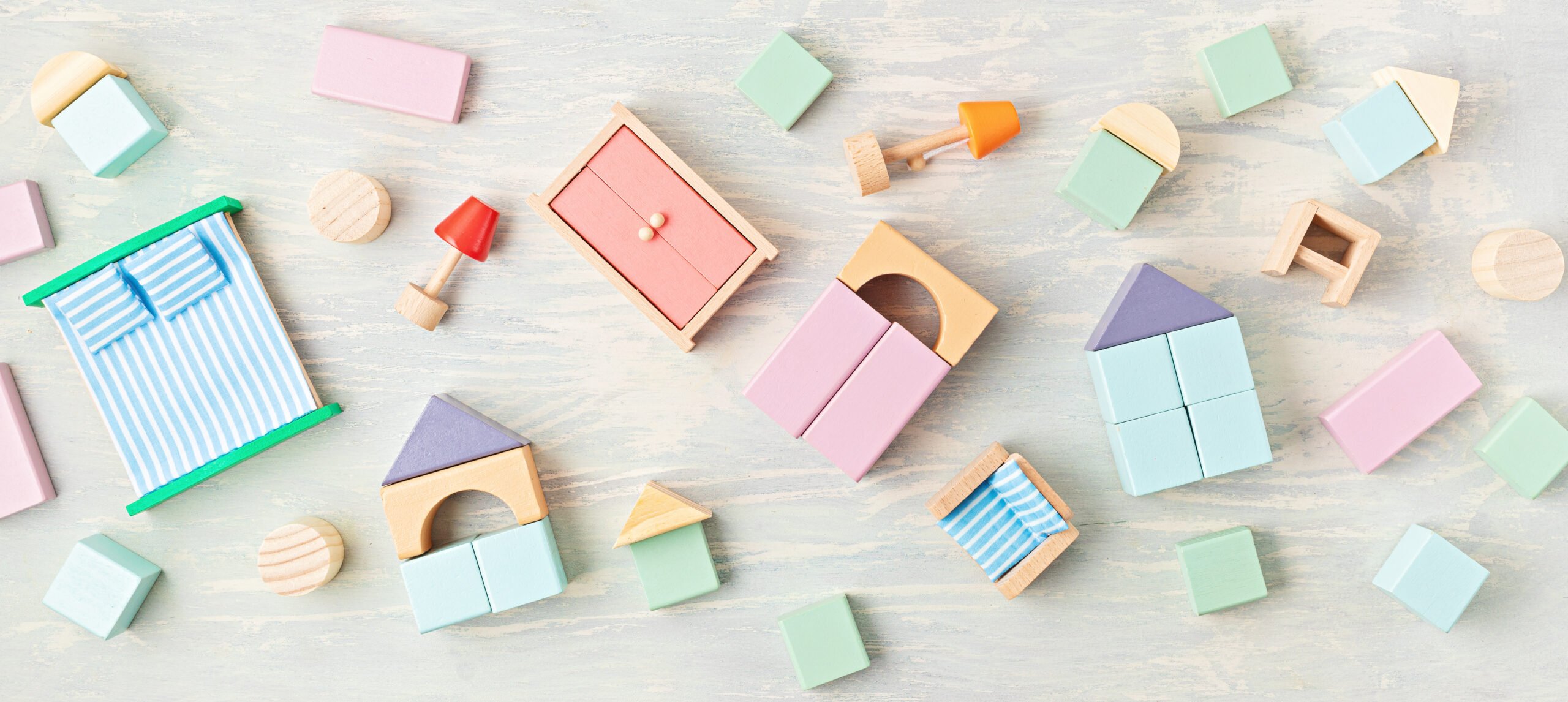
Key takeaways
A well-prepared space supports both safety and supervision in a home setting
Paperwork and planning build trust and keep your service compliant
Consistent routines help children thrive and make your day smoother
Ongoing learning keeps your service current and ready for growth
Running childcare from home can feel like the perfect blend of purpose and practicality. You’re in your own space, setting your own pace, offering something meaningful to families who value a more personal touch. But once the idea moves beyond casual babysitting and into registered service territory, the demands shift quickly. There’s more structure, more regulation, and more at stake. If you're setting up for the first time or upgrading what you've already built, the early stages matter.
You don’t need every shiny product on the market or the most expensive setup, but you do need systems that work. The right mix of safety measures, daily routines, and clear admin helps you deliver care that feels consistent and professional. It also protects your time, your energy, and the trust parents place in you.

Setting Up the Physical Space
Your home isn’t just your workplace now—it’s where small children will play, nap, eat, learn and, most importantly, feel secure. That shift requires you to view your environment in a different light. Safety has to be visible and proactive. Consider sightlines, soft surfaces, and secure furniture. Doors and gates should limit access to areas that aren’t child-safe, and open-plan layouts can help with easier supervision.
Age matters, too. What works for a 12-month-old won’t necessarily be appropriate for a three-year-old. Infants require soft floor zones for tummy time, safe sleep spaces, and hands-on support, while toddlers need more freedom to explore, but within clear boundaries. Most Australian regulations require specific ratios of space per child, both indoors and outdoors. That includes shaded play areas and fencing that meets height and latch requirements.
Noise is another part of the planning. Shared walls, apartment settings or close neighbours might affect how you handle outdoor time or nap schedules. Simple sound-dampening materials, clear communication with neighbours, and limiting group sizes can help you avoid complaints down the line.

Tip: Having a dedicated entrance, or at least a tidy drop-off zone, helps parents feel like they’re entering a professional space. Even if it’s just a corner of your living room, clean lines, visible safety features, and well-organised resources all signal that this is a space built for children, safely and intentionally.
Understanding the Administrative Side
Behind every calm, creative daycare space is a stack of paperwork, most of which needs to be sorted before your first family walks through the door. Registration processes vary depending on your state or territory, but most include working with children checks, first aid certification, home assessments, and registration through an approved service or coordination scheme. This part takes time, and there’s not much room for shortcuts.
You’ll also need an ABN, even if you’re only working with a few children, and a clear contract that sets out fees, hours, holiday periods, and procedures for illness or withdrawal. These protect both you and the families you work with, especially when hard conversations arise.
It’s also worth thinking about the broader risks. While your home is familiar, it becomes a workplace the moment you’re running a service from it. Having home daycare insurance in place helps cover you for things like accidental injury or property damage. It’s not just about compliance—it's about knowing you’re protected when unpredictable things happen. Most providers also ask for proof of this cover during registration, so it’s not something you can skip or delay.

Note: Documentation doesn’t end once you’re approved. Attendance logs, daily routines, incident reports, and permission slips must be tracked and stored. Setting up a simple system now, whether digital or on paper, can save you hours later when it’s time for audits or parent queries.
Structuring Your Daily Operations
Once the room is set and the paperwork’s handled, your focus shifts to the rhythm of the day. Children respond best to consistency, and that’s just as important in a home-based setup as it is in a centre. Predictable routines around meals, naps, play, and learning help children feel secure and provide a framework for managing multiple needs simultaneously.
You’ll find that transitions are often the trickiest part. Getting three toddlers to wind down for nap time after outdoor play isn’t just about tone—it’s about how smoothly you’ve prepared that moment. Visual cues, music, or simple stories can help move the group between activities without chaos. Over time, you’ll pick up on each child’s natural rhythm and adjust accordingly, but having a baseline routine gives everyone a starting point.
Parents will expect updates, and it’s helpful to work out in advance how you’ll handle that. Some educators use daily report sheets or childcare apps, while others prefer verbal handovers at pickup. Either way, keeping a basic record of meals, sleep, moods, and activities helps you track patterns and support parents in managing behaviour or development concerns.
Programming doesn’t have to look like a classroom. One of the strengths of home-based care is its ability to respond flexibly to children’s interests. That said, you’ll still need to demonstrate intentional learning opportunities. Rotate books, set up themed play areas, or introduce simple sensory activities that suit different age groups. Having a loose weekly plan gives your days purpose and keeps things from slipping into passive supervision.
Communication with Families

Parents aren’t just handing over their child each morning—they’re trusting you with the parts of the day they can’t see. Strong communication is the glue that holds that trust together, especially when you're working alone and decisions fall entirely on you.
Start with a clear enrolment conversation. Walk parents through your philosophy, policies, and procedures for handling aspects such as screen time, discipline, and food. Some topics might feel awkward at first, but setting expectations now prevents bigger problems later. Being upfront about your hours, sick leave policies, and holiday closures helps avoid assumptions that you're always available just because you're home.
Over time, the everyday updates matter just as much. Parents want to know how their child is adjusting, what they enjoyed, and if anything seemed off. Regular chats at pickup, simple journals, or even photo updates can go a long way in keeping them involved. If you use an app, ensure it’s secure and that you’re not overloading yourself with updates that consume your downtime.
There will be days when you need to raise a concern or handle a complaint. Staying calm, specific, and child-focused makes a huge difference. You're not just working with children—you’re managing adult relationships too, and that emotional load is often underestimated. Some educators find it helpful to set a boundary around response times, so that late-night texts or weekend questions don’t encroach on personal time.

Note: Having a professional tone doesn't mean being stiff; it means being articulate and concise. It means being reliable, respectful, and open to feedback, while still maintaining the structure you need to run your day smoothly. The better the communication, the easier it is to weather the hard days together.
Keeping Up with Regulations and Growth
Once you’re into a steady rhythm, it’s easy to slip into autopilot. But running a home-based childcare service isn’t something you can just set and forget. Regulations shift, best practices evolve, and what worked for three children might not hold up once your waitlist starts growing.
In Australia, regular audits and reviews are part of maintaining your approval. That means staying across changes to safety standards, supervision ratios, and record-keeping requirements. It also means being prepared for occasional spot checks, even if you’ve had a spotless record to date. Spending a few hours each term reviewing your setup, updating documentation, and checking compliance points can save you headaches later.
Professional development isn’t just a requirement—it’s often where the best ideas come from. Workshops, webinars, and online communities can provide you with practical ways to manage challenging behaviours, refresh your programming skills, or enhance your communication skills. Many schemes offer subsidised training, and staying connected helps reduce the isolation that sometimes comes with working solo.
If demand grows, so do your responsibilities. You may want to consider increasing your capacity, hiring an assistant, or partnering with another educator to share resources. These are big steps, but planning for them early keeps your options open. Even something as simple as reviewing your fee structure or updating your daily schedule can help future-proof your service.

Note: Running care from your home offers flexibility, connection, and autonomy—but it also comes with constant responsibility. The more prepared you are to adapt and improve, the more sustainable your work becomes.














